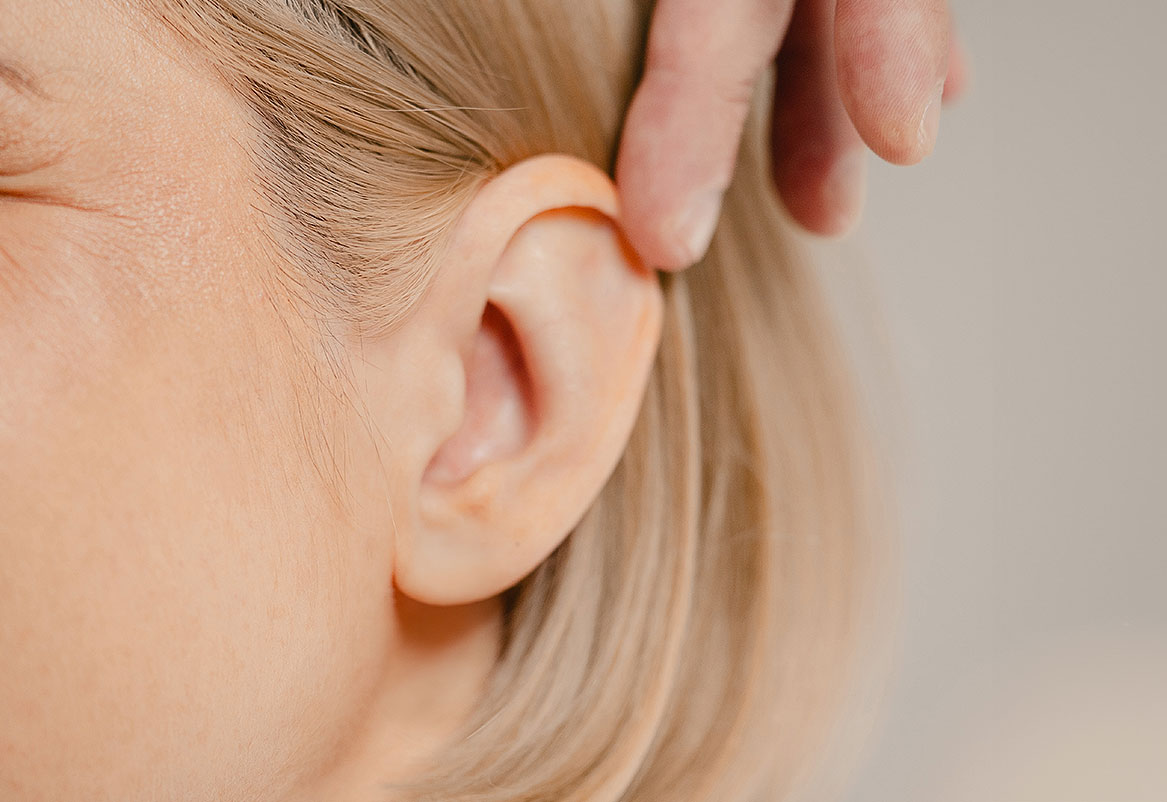Aesthetics
Face
The most modern facial treatments help you look younger, more elegant and happier.
Body
Feel comfortable in your body and correct sources of discomfort.
Chest
Make your wish for a better appearance come true and restore your self-confidence with aesthetic correction.
Hair and scalp
Minimally invasive solutions for hair loss and a natural look.
Issues
Find solutions to some of the most common aesthetic problems.
Treatments
Treatments

Hair and scalp mesotherapy

Thinning hair therapy with your own blood

Trichotest – DNA analysis of hair loss and baldness

Hair loss in women – causes and how to prevent it

Hair loss in men – causes and how to prevent it

Alopecia – hair loss
FACE

BODY

Implantology Center
Different methods of solving the problem of missing one or more teeth.
Prosthetics
The most common solution in cases of functional or aesthetic tooth damage.
Aesthetic Dentistry
Harmonious tooth shaping and tooth color correction according to your wishes.
General Dentistry
Modern and timely diagnostics, treatment and dental hygiene are the key to the health of your teeth.
Issues
Find solutions to some of the most common aesthetic problems.
About us
Locations
Description of the procedure
Correction of standing ears, also known as otoplasty, is most often performed in childhood, and people of all ages who are bothered by “clumsy” ears can undergo the procedure. The growth and development of the auricle ends in the 4th year of life, and after that it is possible to surgically correct the ear. At the Bagatin Polyclinic, we most often correct the ears of children older than 6 years. It is recommended to perform the procedure on children before starting school. The operation is performed by modeling the cartilage of the ear and fitting the auricle to the head. The procedure lasts from 60 to 90 minutes. The procedure is performed under local or general anesthesia. The surgical incision is discreetly visible because it is located in the crease between the ear and the head.
Candidates
Candidates for the correction of standing ears are all patients, older than six years of age, who are dissatisfied with the appearance of their ears – irregular ear structure or too prominent ears.
Ideal candidates for this procedure are people who have:
- Asymmetrical lugs
- Small ears
- Stretched or amorphous ears
- Ears with large folds and a pronounced relief type of cartilage
Preparation
During the consultation, which includes an examination and discussion, the doctor will explain in more detail the options for surgical correction of various ear irregularities, suggest the best correction method, explain possible complications, provide information on preoperative preparation, what tests and laboratory findings are needed, what to avoid before surgery, and how to behave after the procedure.
Procedure progress
Ear correction is a successful cosmetic procedure that permanently resolves the problem of “protruding” ears. The operation is performed under local anesthesia, but it can also be done under general anesthesia. You can find out more about the anesthesiology examination at our Polyclinic and the differences between general and local anesthesia here .
Recovery
After the procedure, we will wrap a bandage around your head that will cover your ears. The bandage is usually kept on for 24-48 hours and is replaced by an elastic band that must be worn day and night for the first postoperative month.
It is advisable to avoid washing your hair for a week after surgery, or after removing the bandage.
It is also necessary to sleep in an elevated position for at least two weeks after surgery. Moderate pain and discomfort are possible and can be treated with painkillers. Usually the problems disappear within 48 hours, and any severe pain after that requires a doctor’s check-up.
Adults are advised to take a few days off for initial healing and recovery, and children should avoid sports for three weeks after surgery.
Precautions
As with any surgery, inflammation and bleeding are possible, which your doctor will inform you about during your consultation. Following the instructions you receive will reduce the risk of these complications.
Before surgery, it is advisable to avoid medications containing acetylsalicylic acid, such as Aspirin, and anti-inflammatory drugs. If you are a smoker, it would be advisable to avoid smoking before the procedure.
Price
The package includes: surgery under local anesthesia, necessary medications (antibiotics, analgesics), check-ups and dressings in the first postoperative days, removal of stitches, and necessary check-ups up to 6 months after the procedure.
In cooperation with banks, Bagatin Polyclinic provides the option of paying in installments, as well as interest-free payments up to a certain number of installments.
You can check more about payment methods and the cost of the procedure in the current price list of the Bagatin Polyclinic:
They said about us...
Your
Frequently asked questions
Contact us
Contact us with confidence.
By filling out this form, our call center will contact you within 24 hours to arrange your appointment. We keep all information you provide us with in the strictest confidence.
Phone:
E-mail:















